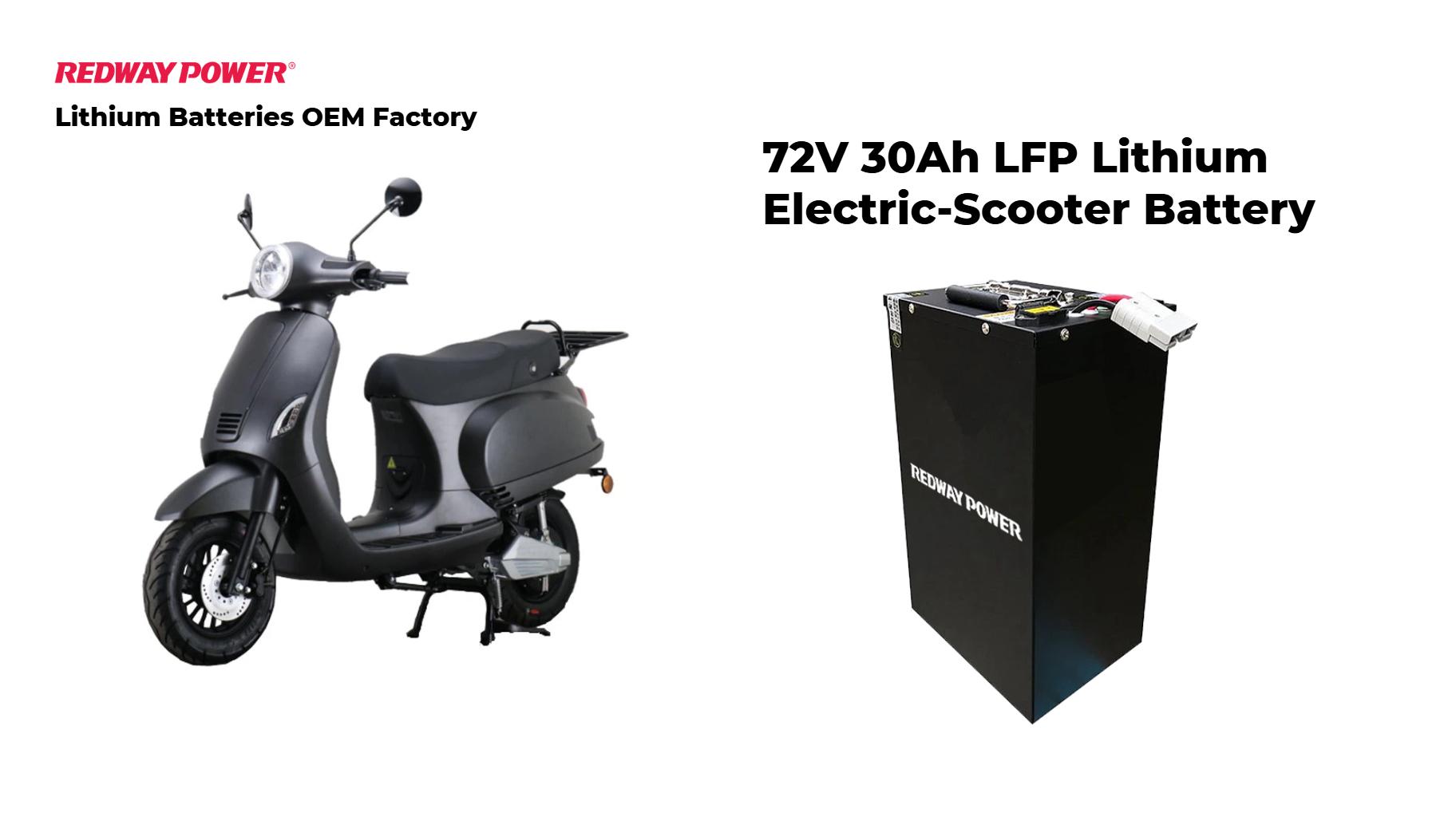When it comes to high-performance energy storage solutions, the 72V LiFePO4 (Lithium Iron Phosphate) battery stands out due to its exceptional stability, safety, and long lifespan. Understanding the internal structure of this battery is crucial for both consumers and professionals who aim to optimize battery performance and longevity. In this detailed exploration, we will delve into the specific number of cells required to construct a 72V LiFePO4 battery, how these cells are arranged, and the factors influencing the battery’s overall design.
A 72V LiFePO4 battery consists of about 22 cells connected in series, each with a nominal voltage of approximately 3.2V, achieving a total voltage close to 70.4V. The overall capacity depends on parallel connections, allowing for increased storage while ensuring safety and stability.
1. The Basics of LiFePO4 Battery Cells
LiFePO4 batteries are renowned for their superior safety characteristics and extended cycle life compared to other lithium-ion batteries. Each cell in a LiFePO4 battery pack typically has a nominal voltage of 3.2V. This voltage is a key factor in determining how many cells are needed to achieve a specific voltage rating for the entire battery pack.
2. Calculating the Number of Cells
To determine the number of cells required in a 72V LiFePO4 battery, a straightforward calculation is performed. Given that each cell operates at a nominal voltage of 3.2V, the formula is as follows:
Number of Cells=Total Voltage/Nominal Voltage per Cell
Applying this formula:
Number of Cells=72V/3.2V=22.5
Since the number of cells must be a whole number, we round up to the nearest whole number, resulting in 23 cells.
3. Understanding Cell Configuration
The 23 cells required for a 72V LiFePO4 battery are connected in series to achieve the desired voltage. In a series configuration, the voltage of each cell adds up, while the capacity (measured in ampere-hours, Ah) remains constant. For instance, if each cell has a capacity of 100Ah, the total capacity of the 72V battery will still be 100Ah, though the voltage will be the sum of the voltages of all the cells in series.
4. Variations in Battery Design
While the theoretical calculation indicates that 23 cells are required, the actual design of a 72V LiFePO4 battery pack may vary based on several factors:
- Design Tolerances: Battery packs might include additional cells for redundancy and to accommodate variations in cell performance.
- Manufacturing Specifications: Different manufacturers may have specific design parameters that affect the exact number of cells used.
- Battery Management Systems (BMS): Advanced battery packs often include a BMS that manages cell balancing and ensures safety, which can influence the total number of cells.
5. Practical Considerations
When selecting or designing a 72V LiFePO4 battery, it is crucial to consult the manufacturer’s specifications. These specifications provide detailed information on the exact number of cells, their arrangement, and other design considerations.
6. Advantages of LiFePO4 Batteries
The choice of LiFePO4 technology offers several benefits:
- Enhanced Safety: LiFePO4 cells are less prone to thermal runaway and have a lower risk of fire compared to other lithium-ion technologies.
- Long Cycle Life: LiFePO4 batteries typically offer over 2000 charge-discharge cycles, significantly more than other types of lithium-ion batteries.
- Thermal Stability: They maintain performance across a wide temperature range, making them suitable for various environmental conditions.
7. Applications of 72V LiFePO4 Batteries
72V LiFePO4 batteries are commonly used in:
- Electric Vehicles (EVs): Providing reliable and efficient power for electric cars, e-bikes, and scooters.
- Renewable Energy Storage: Used in solar energy systems to store energy for later use.
- Uninterruptible Power Supplies (UPS): Ensuring a continuous power supply for critical applications during outages.
8. Conclusion
In summary, a 72V LiFePO4 battery is comprised of approximately 23 cells connected in series. While this calculation provides a solid baseline, variations in battery pack design and manufacturer specifications may lead to differences in the exact number of cells used. Understanding the internal composition of these batteries helps in making informed decisions regarding their application and maintenance.
For the most accurate and reliable information, always refer to the manufacturer’s guidelines and specifications for the battery pack you are using.



